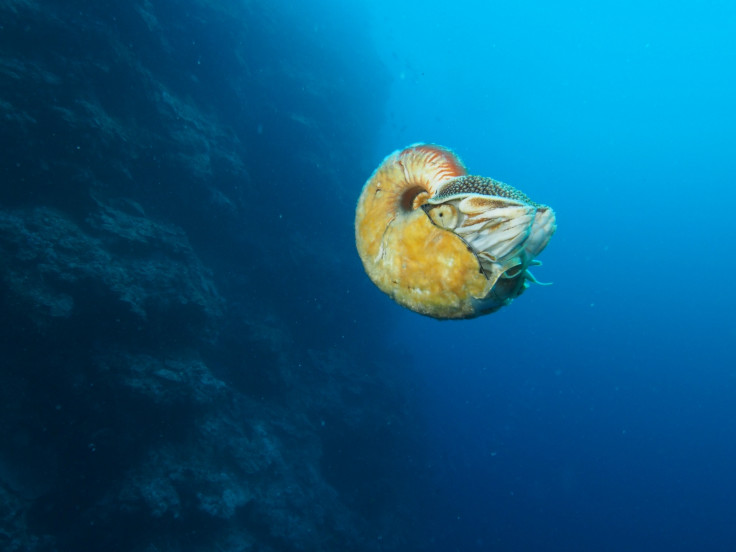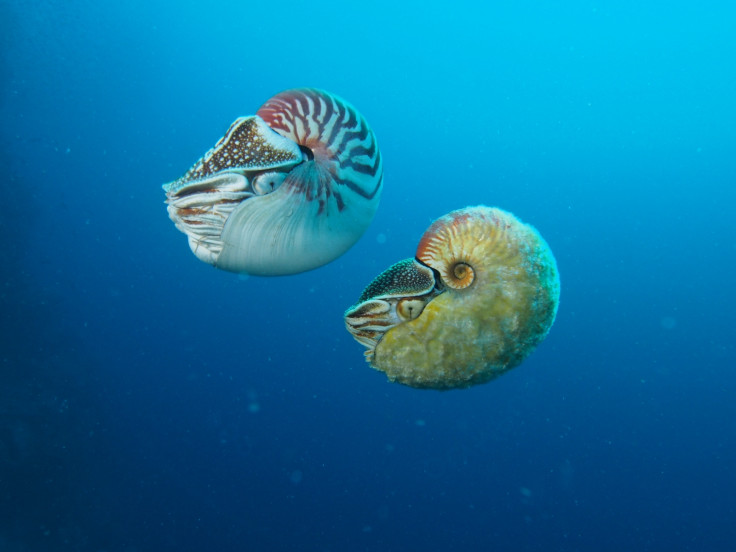'World's rarest animal' seen for the first time in three decades

Biologists have spotted what has been considered "one of the world's rarest animals" – a marine mollusc by the name of Allonautilus scrobiculatus – for the first time in 30 years.
University of Washington biologist Peter Ward first spotted the elusive creature some 31 years ago in the waters around Papua New Guinea, and only one sighting has been noted since. But Ward set out for a reunion with the species, which has swam the seas for some 500 million years, and caught images and videos of the rare mollusc.
Ward and his team set up bait – fish and chicken meat between 500 and 1,300 feet underwater – and filmed the subsequent activity for 12 hours a day. Ward said: "We started using this approach in 2011. This year, there were about 30 guys involved and each day we would all watch the movies from the night before at eight-times speed. There were a lot of 'ohs' and 'ahs'." The team were finally rewarded for their perseverance in July this year.

"Some features of the nautilus — like the shell giving it the 'living fossil' label — may not have changed for a long time, but other parts have. It has this thick, hairy, slimy covering on its shell. When we first saw that, we were astounded.
"They swim just above the bottom of wherever they are. Just like submarines, they have 'fail depths' where they'll die if they go too deep, and surface waters are so warm that they usually can't go up there. Water about 2,600 feet deep is going to isolate them. This could be the rarest animal in the world. We need to know if Allonautilus is anywhere else, and we won't know until we go out there and look."
© Copyright IBTimes 2024. All rights reserved.









